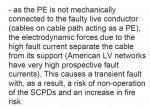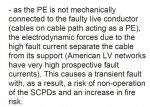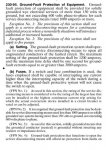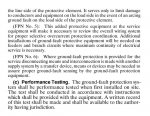mbrooke
Batteries Included
- Location
- United States
- Occupation
- Technician
Ok, so here is what I take from this. If a facility was wired in all MC cable without conduit, there would be no need to ground fault protection at 1000amps and above. ( SCPD= Short Circuit Protective Device ) How do others interpret this?





